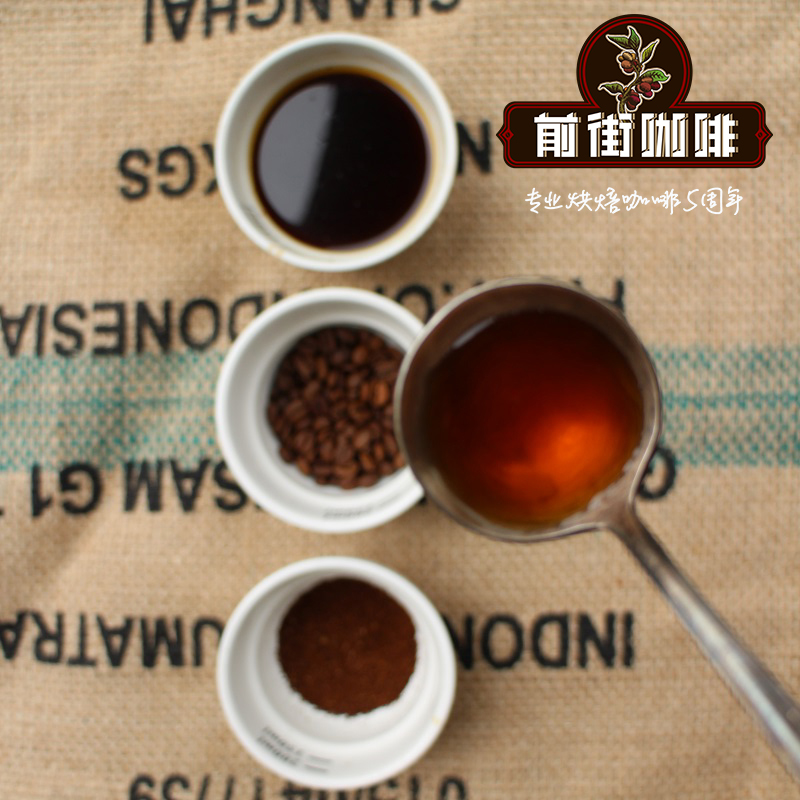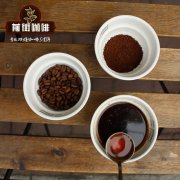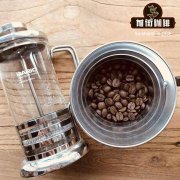Bolivia Cordillera quality Organic Coffee Manor-what is the coffee flavor in Bolivia?

Professional coffee knowledge exchange more coffee bean information please follow the coffee workshop (Wechat official account cafe_style)
Bolivia Cordillera quality Organic Coffee Manor-what is the coffee flavor in Bolivia?
Bolivia's high-quality estates, high altitude, perennial low temperature, slow growth, coffee density enough, delicate and charming aroma, floral and vanilla aromas obvious, such as careful harvest, careful treatment, and the same maturity, clean and meticulous high-end taste often let people aftertaste, this elegant vanilla and peach aromas are very attractive; this year is especially characterized by berries and vanilla sweet. El Salvador volcanoes are active, coffee producing areas are mostly located in 1200m-1700m volcanic topography, the soil is rich in mineral volcanic ash, but because of more minerals and less organic matter, so Salvadoran farmers will use coffee bean pulp residue and related natural materials as fertilizers to make up for the lack of organic matter in the soil. Such a meaningful organic promotion of the Salvadoran Farmers' Association cultivates more than 150000 tons of organic coffee every year.
Bolivia is known as the ancient country of the plateau, the main producing areas of coffee are located in the plateau above 2000 meters above sea level, most of the coffee is handled and marketed by cooperatives formed by small coffee farmers, and the early coffee is mainly washed Arabica tree species. in recent years, most of them are producing Tibica and some Kaddura tree species, and the coffee produced in Bolivia in South America is very potential. But there is almost no sign of him on the market because transportation and distribution cannot deliver the coffee from the season, a problem that keeps Bolivian coffee under traditional organic farming. The Netherlands, Finland, Germany and other Nordic countries are the largest sales areas.
Bolivia is one of the five most diverse countries in the world. It is a landlocked country surrounded by five countries and deeply affected by it. It has a population of more than 1000. The indigenous Indians, who account for about 60% of the total population, are divided into 36 ethnic groups. Mixed Indo-European (Mestizo) accounts for 26%, in addition to 100 European and other ethnic groups. There are Illmani peaks up to 6462 meters above sea level, Lake Titicaca, the highest and navigable alpine lake in the world, and tropical rain forests! Such a variety of terrain can be said to be a paradise for fine coffee micro-batches.
Name of the manor: caf é de Cordillera
Landowner: Zenovia R. Charca de Huayhua
Town: San Lorenzo County
Province: Province of Caranavi
Variety: Criollo 20%, Caturra 80%
Manor area: 10.00 hectares
Coffee planting area: 5 ha
Altitude: 1682 m
Soil quality: Clay Loam
Annual rainfall: 1600 mm/year
Shade tree: Inga edulis sp-Citric
Organic fertilization: the peel and pulp washed by water are made into organic fertilizer.
Dry aroma: floral, creamy, hazelnut, peach
Wet fragrance: vanilla sweet, sweet cherry, flower fragrance, Zhenguo chocolate
Sipping: good cleanliness, obvious aroma, sweet and delicate, delicate caramel and hazelnut chocolate, soft acidity but fine fruit juice, sweet cranberries and vanilla plants, smooth grease and a long-lasting finish.
Qianjie recommended cooking:
Filter cup: Hario V60
Water temperature: 90 degrees
Degree of grinding: small Fuji degree of grinding 4
Cooking methods: the ratio of water to powder is 1:15, 15g powder, the first injection of 25g water, 25 s steaming, the second injection to 120g water cut off, waiting for the powder bed water to half and then water injection, slow water injection until 225g water, extraction time about 2:00
Analysis: using three-stage brewing to clarify the flavor of the front, middle and back of the coffee. Because the V60 has many ribs and the drainage speed is fast, it can prolong the extraction time when the water is cut off.
Important Notice :
前街咖啡 FrontStreet Coffee has moved to new addredd:
FrontStreet Coffee Address: 315,Donghua East Road,GuangZhou
Tel:020 38364473
- Prev

The method of brewing coffee beans in Caranavi coffee producing area of Karanavi, Bolivia? Bolivian.
Professional coffee knowledge exchange more coffee bean information please follow the coffee workshop (Wechat official account cafe_style) Bolivia Karanawi Caranavi coffee production area coffee bean brewing method? What are the conditions for growing coffee in Bolivia? Bolivia is one of the most difficult growing areas in the world, and transportation and climate are the biggest problems. After a special relationship of origin this year
- Next

What are the planting conditions of Bolivian coffee beans-Sinaport Cenaprco cooperative PB round beans
Professional coffee knowledge exchange more coffee bean information please follow the coffee workshop (Wechat official account cafe_style) Bolivian coffee beans-Sinaport Cenaprco cooperative PB round beans what are the growing conditions? How to cook with V60? Cenaprco is an excellent coffee cooperative in Bolivia and the winner of the two coffee competitions in 2003 and 2004.
Related
- Detailed explanation of Jadeite planting Land in Panamanian Jadeite Manor introduction to the grading system of Jadeite competitive bidding, Red bid, Green bid and Rose Summer
- Story of Coffee planting in Brenka region of Costa Rica Stonehenge Manor anaerobic heavy honey treatment of flavor mouth
- What's on the barrel of Blue Mountain Coffee beans?
- Can American coffee also pull flowers? How to use hot American style to pull out a good-looking pattern?
- Can you make a cold extract with coffee beans? What is the right proportion for cold-extracted coffee formula?
- Indonesian PWN Gold Mandrine Coffee Origin Features Flavor How to Chong? Mandolin coffee is American.
- A brief introduction to the flavor characteristics of Brazilian yellow bourbon coffee beans
- What is the effect of different water quality on the flavor of cold-extracted coffee? What kind of water is best for brewing coffee?
- Why do you think of Rose Summer whenever you mention Panamanian coffee?
- Introduction to the characteristics of authentic blue mountain coffee bean producing areas? What is the CIB Coffee Authority in Jamaica?

